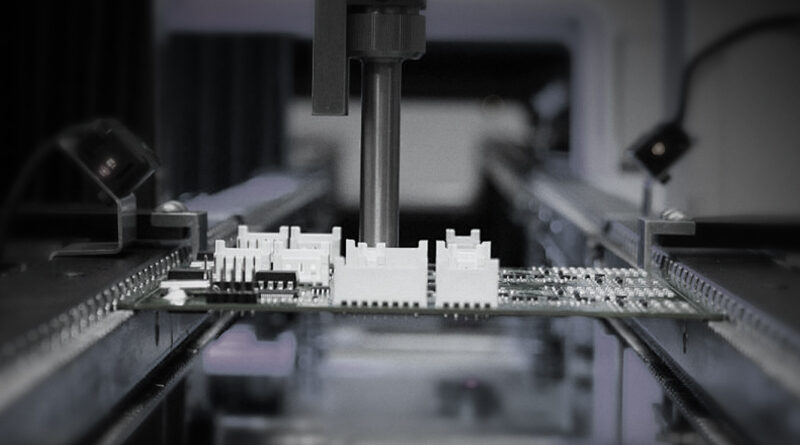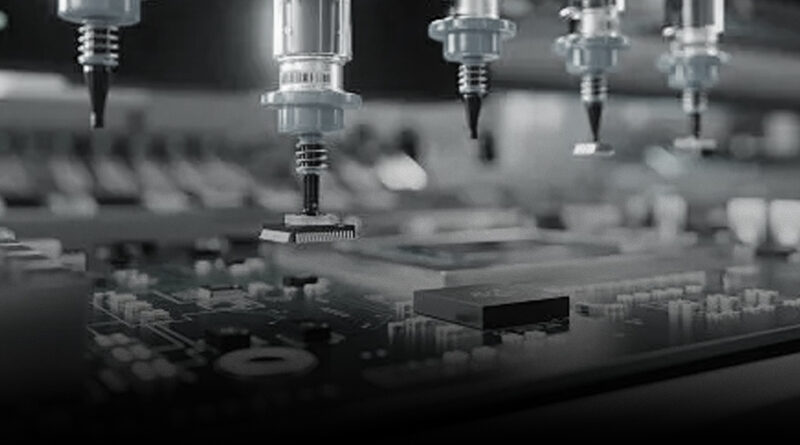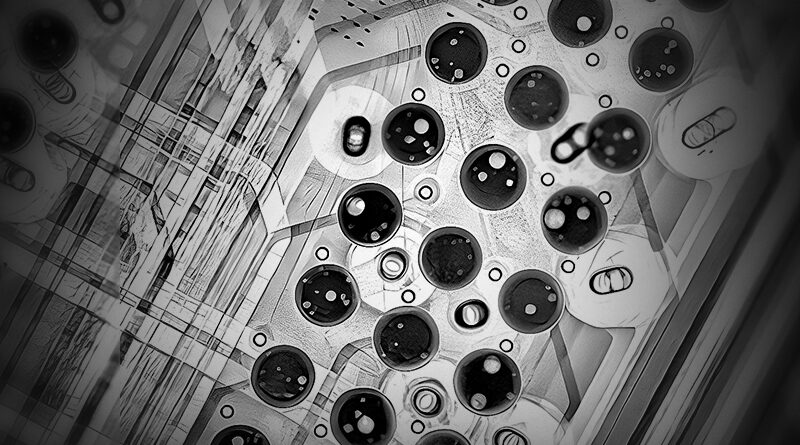In today’s world, technology has revolutionized how we detect and measure various forms of radiation. Among these technologies, x-ray counters have emerged as a critical tool in various fields, including healthcare, construction, and nuclear safety. This article delves into the intricacies of x-ray counters, their importance, functionality, and the advancements surrounding their development.
What is an X-Ray Counter?
An x-ray counter is an instrument designed to measure ionizing radiation, specifically x-rays. These devices are essential for various applications, including medical imaging, research laboratories, and industrial inspection. The ability to accurately detect and quantify x-rays is crucial for ensuring safety and compliance with regulatory standards.
The Science behind X-Ray Detection
X-rays are a form of electromagnetic radiation, typically produced by the acceleration of electrons. When x-rays pass through matter, their interaction with atoms can result in ionization, which is the removal of electrons from atoms. X-ray counters operate on the principle of detecting this ionization. They usually incorporate a detector, such as a scintillation crystal or semiconductor material, that converts the incoming x-ray photons into a measurable signal.
Types of X-Ray Counters
- Scintillation Counters: Utilize materials that emit light when struck by x-rays for detection.
- Geiger-Müller Counters: Employ a tube filled with gas that becomes conductive when ionization occurs.
- Semiconductor Detectors: Utilize semiconductor materials (like silicon) to detect x-rays based on their energy levels.
Applications of X-Ray Counters
X-ray counters have diverse applications across multiple sectors:
1. Medical Field
In medicine, x-ray counters play a vital role in diagnostics and treatment planning. They are instrumental in measuring radiation doses during imaging procedures, ensuring patient safety while providing accurate diagnostic results. Radiologists rely on these counters to maintain safe working conditions and adhere to regulations.
2. Industrial Inspection
In industrial settings, x-ray counters are invaluable for non-destructive testing (NDT). Industries such as aerospace, automotive, and manufacturing use these devices to ensure the integrity of materials and components without causing any damage. The ability to detect structural flaws at an early stage can prevent catastrophic failures and enhance product reliability.
3. Nuclear Safety
In the realm of nuclear energy, x-ray counters are a cornerstone for monitoring radiation levels in and around nuclear facilities. These counters help ensure compliance with safety standards and protect workers, the environment, and the public from potential radiation exposure.
Benefits of Using X-Ray Counters
Using x-ray counters offers several advantages:
- Precision: X-ray counters provide high accuracy in detecting radiation levels, crucial for safety assessment.
- Real-time Monitoring: Many modern x-ray counters can provide instantaneous feedback, allowing for immediate action if unsafe levels are detected.
- Data Logging: Advanced x-ray counters often come equipped with data logging capabilities, enabling long-term tracking of radiation levels and trends.
- Portability: Many x-ray counters are designed to be lightweight and portable, facilitating easy use in various environments.
Environmental and Safety Considerations
While x-ray counters are essential for safety, the handling of x-ray equipment also involves critical safety considerations. Operators must be trained to understand the limitations of these devices. In addition to ensuring personal safety, it is crucial to maintain the surrounding environment’s safety through proper waste disposal and management of radioactive materials.
The Future of X-Ray Counters
The landscape of technology continues to evolve, bringing innovative features to x-ray counters. Advancements in materials science, artificial intelligence, and data analytics are paving the way for smarter and more efficient radiation detection systems.
Smart Detection Systems
Integrating AI with x-ray counters allows systems to learn from past data, significantly improving detection accuracy and reducing false positives. As machine learning algorithms evolve, we can expect counters that adapt and optimize their performance based on the environment and specific usage patterns.
Enhanced Portability and Miniaturization
With the trend toward miniaturization, future x-ray counters are likely to be even more portable and user-friendly. Innovations in nanotechnology may lead to wearable x-ray detection devices, enabling continuous monitoring without hindering daily activities.
Challenges in X-Ray Detection Technology
Despite their many benefits, challenges remain within the field of x-ray detection:
- Cost: High-quality x-ray counters can be expensive, posing a barrier to some organizations.
- Calibration and Maintenance: Regular calibration is required to ensure accuracy, which can be time-consuming.
- Regulatory Compliance: Navigating the complex regulations regarding radiation safety can be daunting for some entities.
Wrapping it Up
As we explore the future of radiation detection, x-ray counters remain at the forefront of ensuring safety across multiple domains. Understanding their functionality, applications, and the technologies driving their evolution underscores their vital role in our increasingly radiation-dependent society.
Staying informed about advancements and innovations in x-ray counter technology allows professionals to make educated decisions that protect public health and safety. Decision-makers in healthcare, industrial settings, and regulatory agencies must keep abreast of these trends to facilitate the integration of new technologies and practices into their operations.





